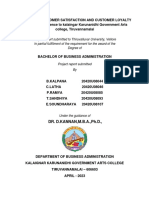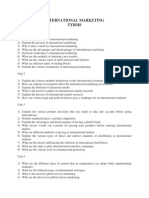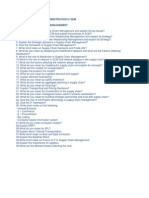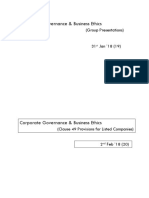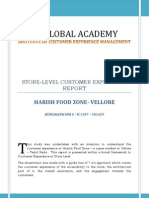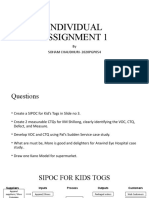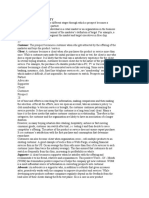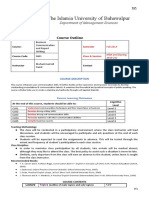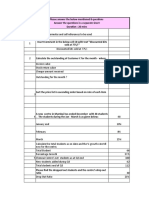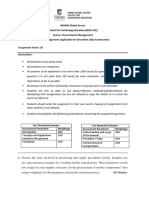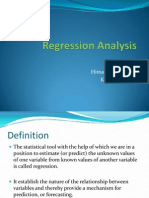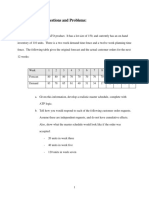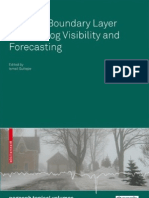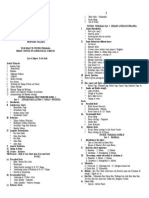100% found this document useful (1 vote)
552 views6 pagesSample Questions of MSC
The document contains sample questions related to forecasting, inventory management, and MPS/MRP. The questions cover topics like seasonal demand forecasting using time series data, comparing forecasting techniques based on error metrics, calculating economic order quantity, determining inventory levels at multiple distribution centers, and preparing master production schedules and material requirement plans.
Uploaded by
Jacob hauhengCopyright
© © All Rights Reserved
We take content rights seriously. If you suspect this is your content, claim it here.
Available Formats
Download as DOCX, PDF, TXT or read online on Scribd
100% found this document useful (1 vote)
552 views6 pagesSample Questions of MSC
The document contains sample questions related to forecasting, inventory management, and MPS/MRP. The questions cover topics like seasonal demand forecasting using time series data, comparing forecasting techniques based on error metrics, calculating economic order quantity, determining inventory levels at multiple distribution centers, and preparing master production schedules and material requirement plans.
Uploaded by
Jacob hauhengCopyright
© © All Rights Reserved
We take content rights seriously. If you suspect this is your content, claim it here.
Available Formats
Download as DOCX, PDF, TXT or read online on Scribd
/ 6


